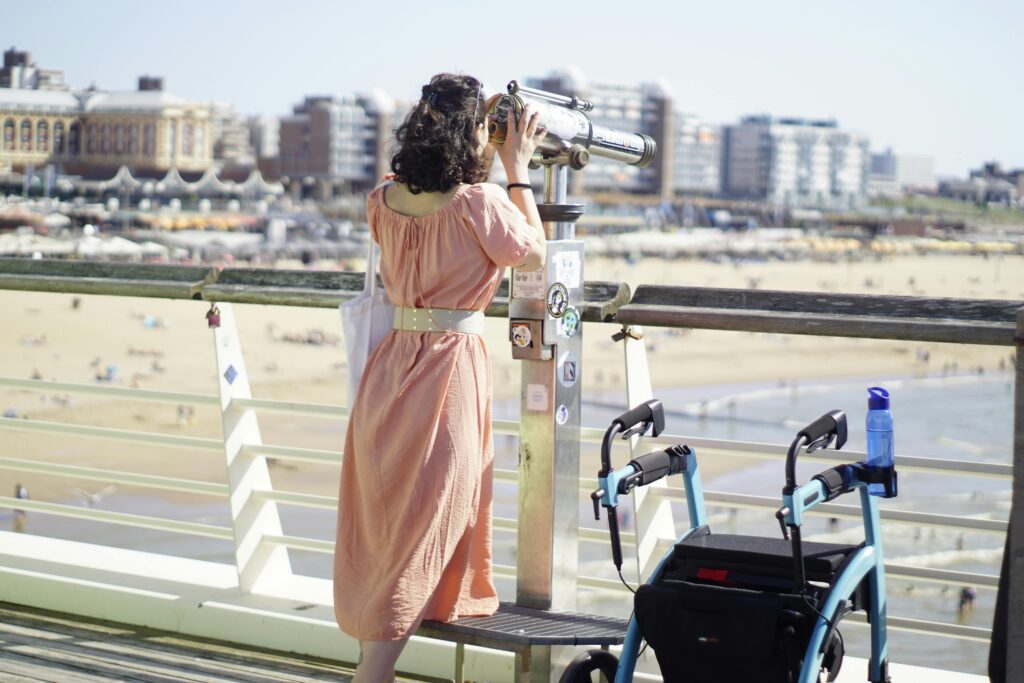In recent years, the process of gentrification has become a dominant force reshaping the landscapes of cities worldwide. As neighborhoods undergo rapid transformation, it’s essential to examine how these changes affect different segments of the population, particularly women. Gentrification, often viewed as a sign of urban progress, can have nuanced and unequal impacts on women’s lives, altering their access to resources, safety, and community dynamics.
Changing Urban Dynamics
Gentrification typically involves the influx of affluent residents into previously lower-income neighborhoods. As property values rise, older buildings are renovated or replaced with upscale developments, attracting businesses catering to more affluent tastes. While this can bring economic revitalization to neglected areas, it can also lead to the displacement of existing residents, many of whom are women from marginalized communities.
Displacement and Housing Insecurity
For women in gentrifying neighborhoods, the most immediate impact often comes in the form of housing instability. As rents escalate and property values soar, longstanding residents—often women of color, single mothers, or elderly women on fixed incomes—find themselves unable to afford rising housing costs. This displacement can disrupt social networks, push families into poverty, and force women to relocate to areas with fewer resources and higher crime rates.
Employment and Economic Opportunities
Gentrification can bring new job opportunities, but these often favor male-dominated industries or higher-skilled professions. Service jobs that women traditionally hold, such as caregiving, retail, or hospitality, may be replaced by positions in tech or finance that require different skill sets and levels of education. This can exacerbate gender-based employment disparities and limit economic mobility for women in gentrifying areas.
Safety and Community Well-being
The sense of safety and community cohesion can also be impacted by gentrification. As neighborhoods change, the increased presence of affluent newcomers might lead to heightened policing and surveillance, which can disproportionately affect women of color. Additionally, community spaces that were once hubs for local women—like neighborhood markets or informal gathering spots—may be replaced by trendy cafes or boutique shops that cater to a different demographic.
Access to Services and Resources
Gentrification can reshape the availability of essential services. While new businesses and amenities may flourish, they might not be accessible or affordable for all residents. Women who relied on local, affordable childcare services, healthcare facilities, or public transportation may find themselves isolated or facing longer commutes to access these resources.
Policy and Advocacy
Addressing the gendered impacts of gentrification requires a multifaceted approach. Local governments can implement policies to preserve affordable housing, protect tenants from eviction, and invest in community-led development initiatives that prioritize the needs of marginalized groups. Advocacy groups can also play a crucial role in amplifying the voices of affected women and pushing for equitable urban planning strategies.
Conclusion
In conclusion, the gendered effects of urban development and gentrification are complex and far-reaching. While these processes can bring economic growth and revitalization to neglected areas, they often come at the expense of vulnerable women who face displacement, economic insecurity, and diminished access to essential services. Addressing these challenges requires inclusive urban planning that centers the needs of all residents, especially those at risk of marginalization. By prioritizing equitable development strategies, cities can work towards fostering thriving communities where women can flourish amidst urban change.









